Table of Contents
* Our articles never contain AI-generated slop *
If you've heard about 'no-till' or 'no-dig' gardening and are wondering what the hype is about, let's talk.
Low-till or no-till methods are becoming more popular than ever, and for good reason.

Advancements in soil science and microscopy over the past century have taught us an immense amount about soil health and ecology.
Disclaimer: This post may contain affiliate links. Refer to the privacy policy for more information.
Many of these advancements have pointed gardeners and farmers towards a lower tillage approach to agriculture which is reaping huge benefits.
What Is Tillage?
Tillage is estimated to stem back at least 3,000 years, to the earliest plows we've unearthed (pun intended)
Conventional tillage entails some form of mechanical agitation of the soil, usually with a plow or a cultivator.
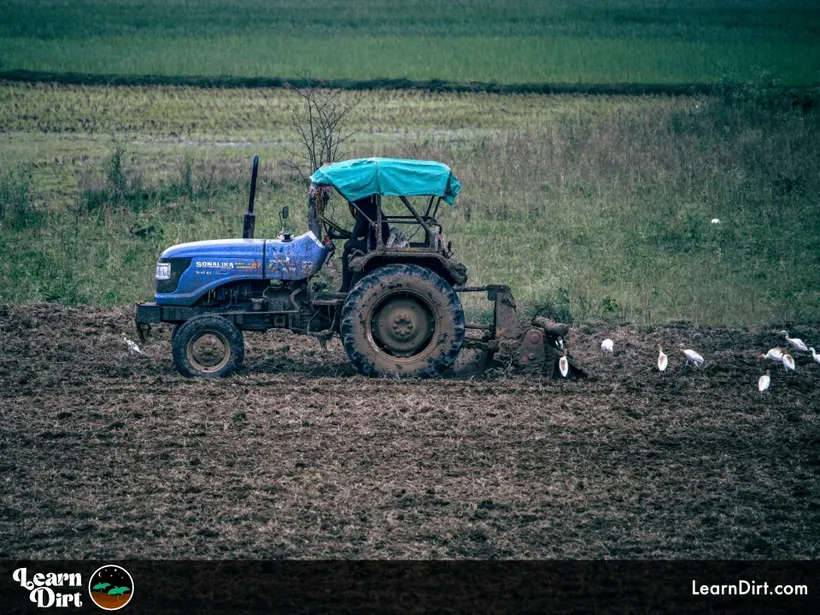
Why Is Soil Tilled?
In oldschool organic agriculture, plowing was intended to help incorporate crop residues and animal manure into the soil.
Conventional chemical farming rarely ever has these residues, but its abusive approach to soil management means turning over soil may give temporary access to the last of the depleting nutrients in almost-dead soils.
Problems With Tillage
Tillage causes substantial soil disturbance.
Alternatives to Tilling
No-till and minimum tillage are both more effective and more holistic mindsets, which put soil structure and microbiome health at the forefront of land usage decisions.
No-Till Gardening
"No-till" is a broad name for low, no, and minimal tillage land management. It's also commonly called "no-dig" gardening.
In the no-till approach, soil is never turned over nor cultivated down more than a couple of inches. Subsoil layers are always left where they are and never exposed. Minimal disturbance is the key.
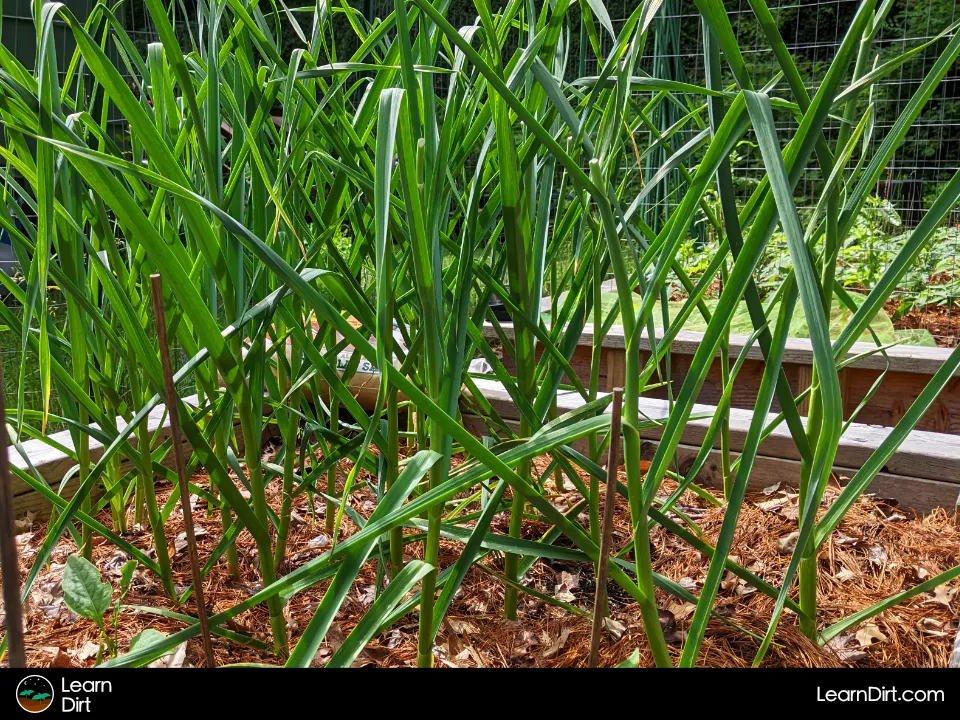
Picture, if you will, a pristine forest - the environment where the best soils on Earth are created by nature.
Now imagine plows and disc cultivators rolling in and ripping up all that topsoil. Insects by the billions decimated. Delicate root fibers and mycelial networks torn apart. Porous soil structures collapsed. Everything holding the soil in place, shredded.
Do you think that forest ecosystem and it's soil microbiome would benefit from cultivation? Should a plow be run through the forest to improve its soils?
How do those natural forest soils compare to the soils on the average convention corn or soybean field where heavy tillage is utilized?
Benefits of No-Till
Preserve and Enhance Soil Microbiome
Reduce Erosion & Nutrient Loss
Maintain Crucial Soil Structure
Save Time & Money
I've listed this one last because it's not a great primary reason to choose one management methodology over another.
It's definitely worth emphasising though that not tilling soil absolutely will save you time and money. This is just another great side-effect of reducing your tillage.
No-Till + Regenerative Gardening
No-till is one concept which fits into the larger regenerative gardening paradigm.
Join The Grower's Community
Find your people.
Your voice matters here 🌱
Check It Out!
'Regenerative' refers to soil health, reversing soil degradation, and improving soil health over time.
Reduced tillage is a critical pillar of this paradigm, as no-till can have substantive effect on soil health in just a few years time.
If you'd like to learn more about regenerative gardening and how no-till fits into this mindset, check out our Intro to Regenerative Agriculture








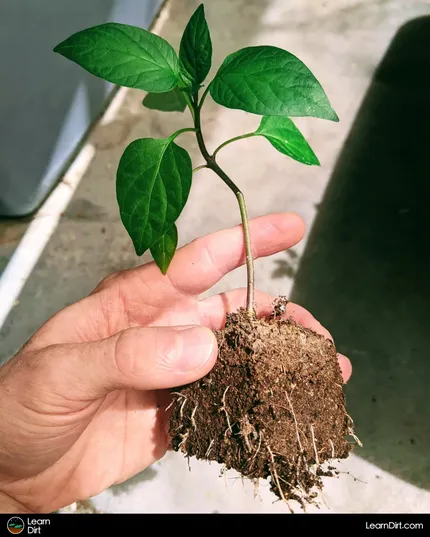
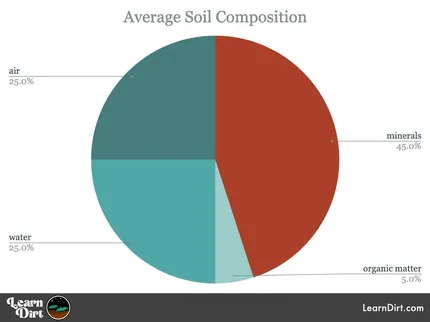
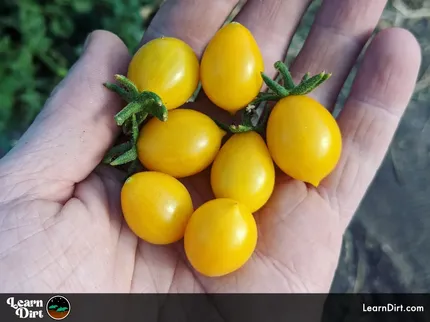
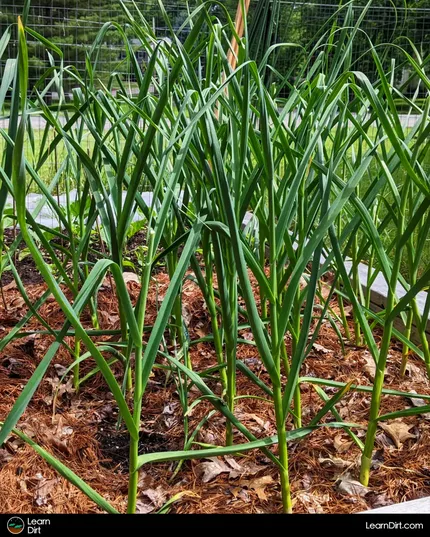
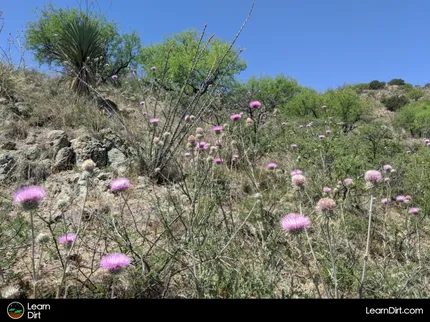
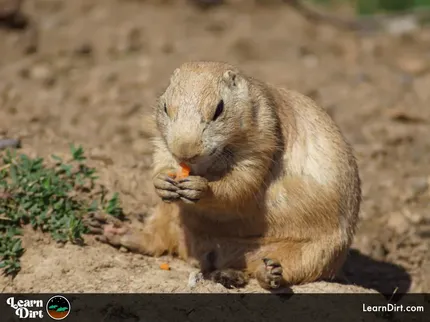
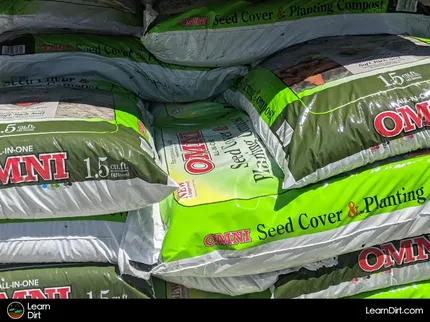
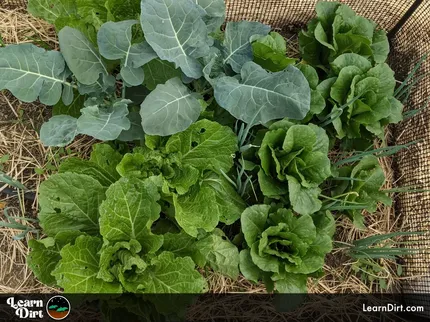
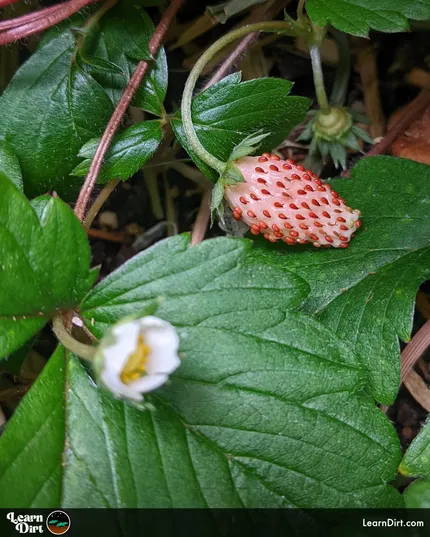

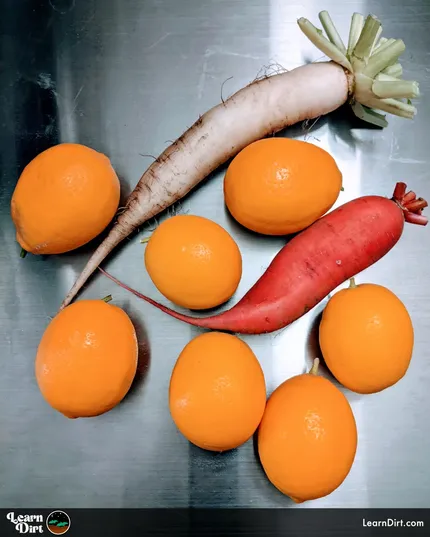
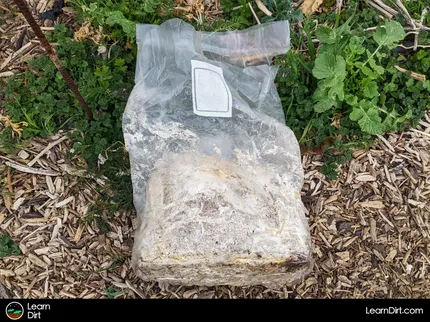
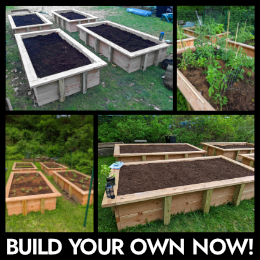


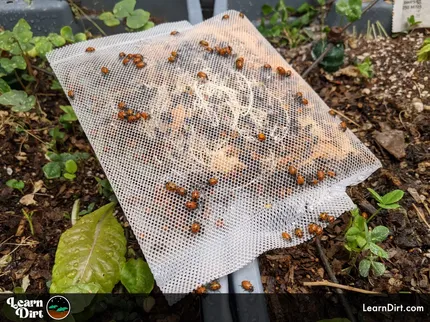
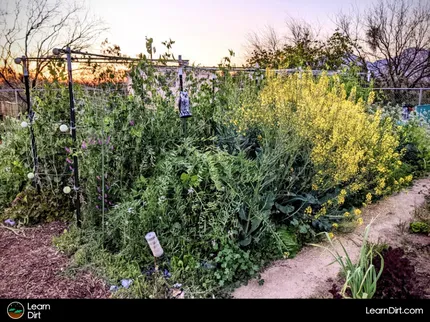
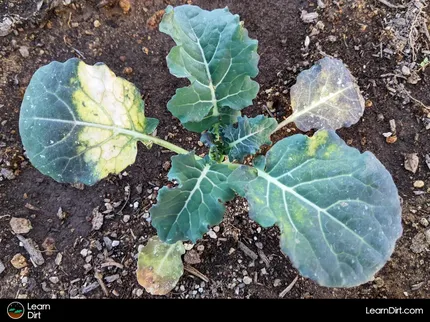
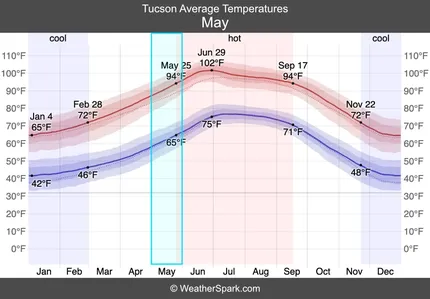
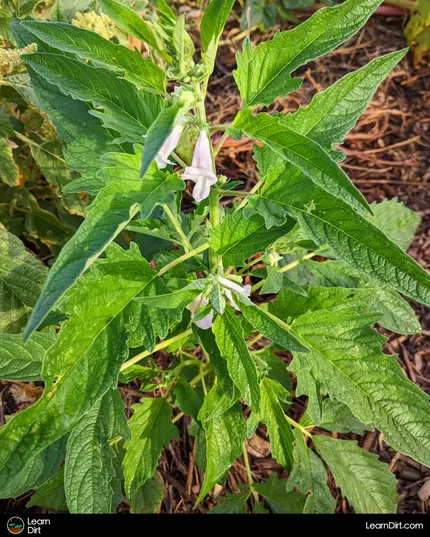

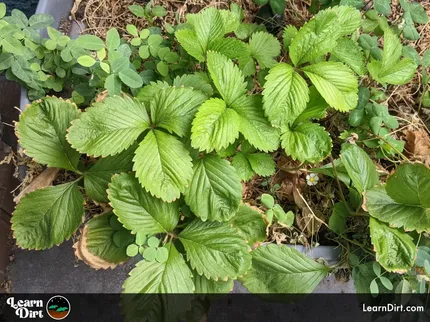
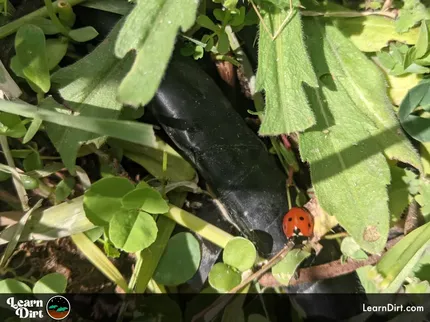
Leave A Comment:
Under construction, please check back soon!